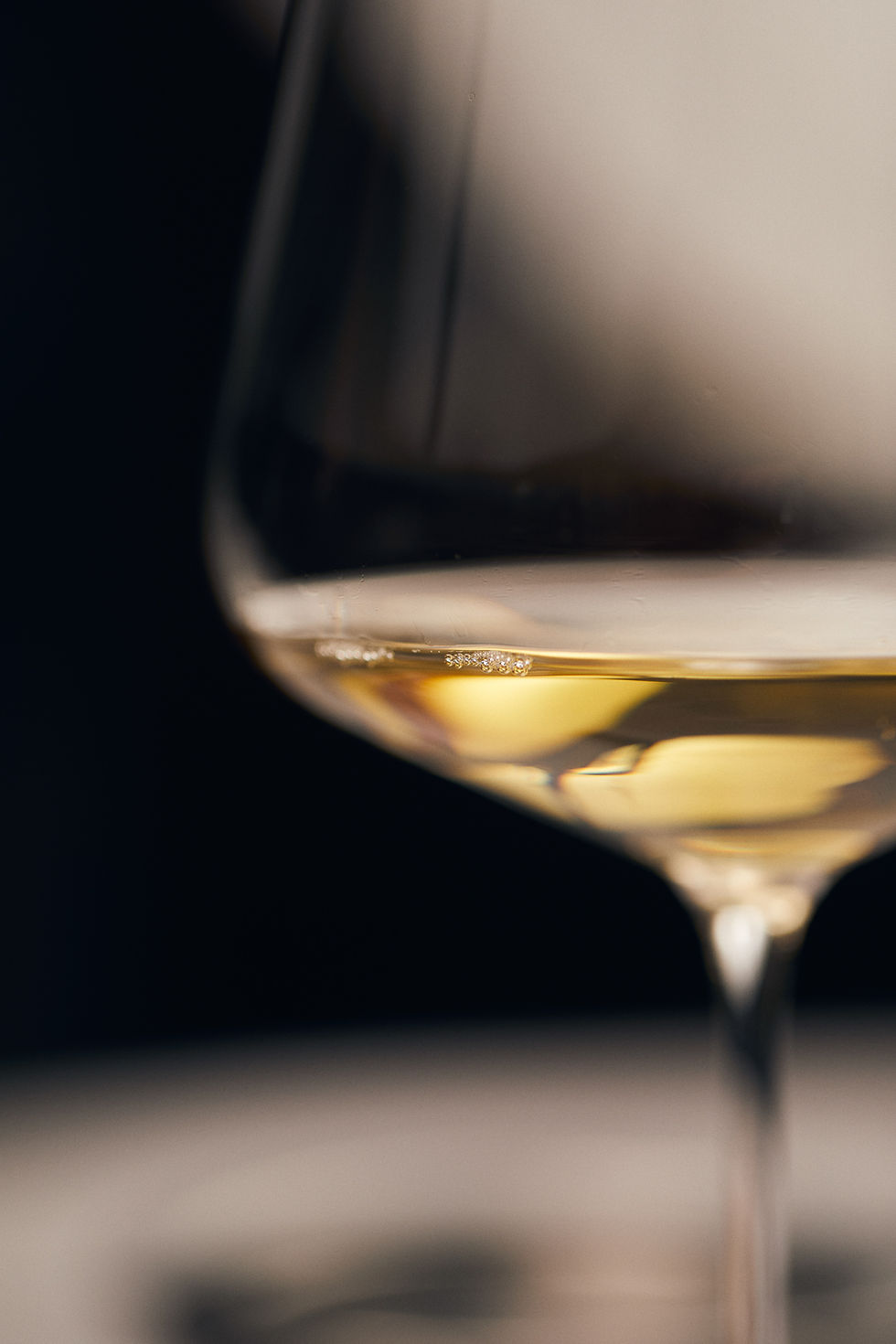Noble Rot: Secret of Sumptuous Sweet Wines
- Sylvia Rose

- Jan 25
- 3 min read
Updated: Feb 7
Noble rot has tremendous impact in winemaking, especially of dessert wines. This dowdy fungus, Botrytis cinerea, is a phenomenon in viticulture merging nature's unusual gifts with creativity and style of the maker.

Dessert wines are classed into five styles: Sparkling, Light & Sweet, Rich & Sweet, Sweet Red, and Fortified. Noble rot can intensify their qualities for ambrosial delight or devastate a batch with rampant mold growth.
While mold is typically viewed as a foe in the vineyard, noble rot is an exception. Under the right conditions it produces extraordinary wines. It's a boon to collectors, wine aficionados and vintners.
Noble rot refers to a specific form of gray rot caused by the Botrytis cinerea fungus. Its less favorable counterpart, known simply as "gray rot," causes decay and spoilage in unripe or improperly handled grapes.

While noble rot can affect other fruit like strawberries, its specialty is grapes. It forms in optimal conditions to enhance flavors and characteristics of affected grapes. It desiccates the grapes, concentrating their sugars, acidity, and flavor compounds.
This can impart unique characteristics unachievable through traditional winemaking processes. Noble rot is known to create the most sumptuous of sweet wines.

Noble rot happens in regions with a blend of warm, humidity followed by dry, sunny spells. The ideal climate for noble rot is characterized by morning fog and warm afternoons.
Conditions like these are found in wine regions such as Sauternes in Bordeaux, Tokaj in Hungary, and the Loire Valley of France. The rot process begins with the fungus infecting the grapes while they're still on the vine.

Once the grape skins are penetrated, Botrytis cinerea begins to extract moisture from the grapes. This process concentrates the sugars, acids and flavors, reducing berry size and intensifying of their essence.
Grapes which would normally produce a standard wine can yield rich dessert wines with sugar levels reaching up to 400 grams per liter. Noble rot brings an exceptional flavor complexity to the wine.

Noble rot introduces distinctive aromas and flavors absent in unaffected grapes. The resulting wines can present a captivating mix of floral, fruity, and earthy attributes.
The fungus usually starts to show up in late autumn. Timing is essential. If the weather is too humid for too long, noble rot devolves into gray rot. This is true horror for vintners as it causes widespread decay and spoilage.

Despite its tricky destructive potential, noble rot is highly desirable. Wine makers seek out and cultivate noble rot conditions to create wines with layered depths of flavor and aging potential.
Wines from Botrytis cinerea often have flavors of honey, apricot, peach, and spices. These rich notes are balanced by the natural acidity of the grapes.

Elevated sugar levels and exceptional flavors due to Botrytis cinerea yield wines with a nectar-like quality. These often have an artful balance of sweetness and acidity, providing a unique taste experience.
For example, Sauternes wines can contain around 120 grams of residual sugar per liter. By maintaining acidity levels the vintner ensures they do not taste overly sweet.

Many wines from noble rot also demonstrate impressive aging potential. As a wine matures, it reveals layers of complexity, to the delight of producers and consumers.
Noble rot is a paradox in viticulture, a phenomenon both fêted and dreaded. When conditions are just right, magic happens, giving rise to some of the most exquisite and revered wines in the world.

Non-Fiction Books:
Fiction Books:
READ: Lora Ley Adventures - Germanic Mythology Fiction Series
READ: Reiker For Hire - Victorian Detective Murder Mysteries


